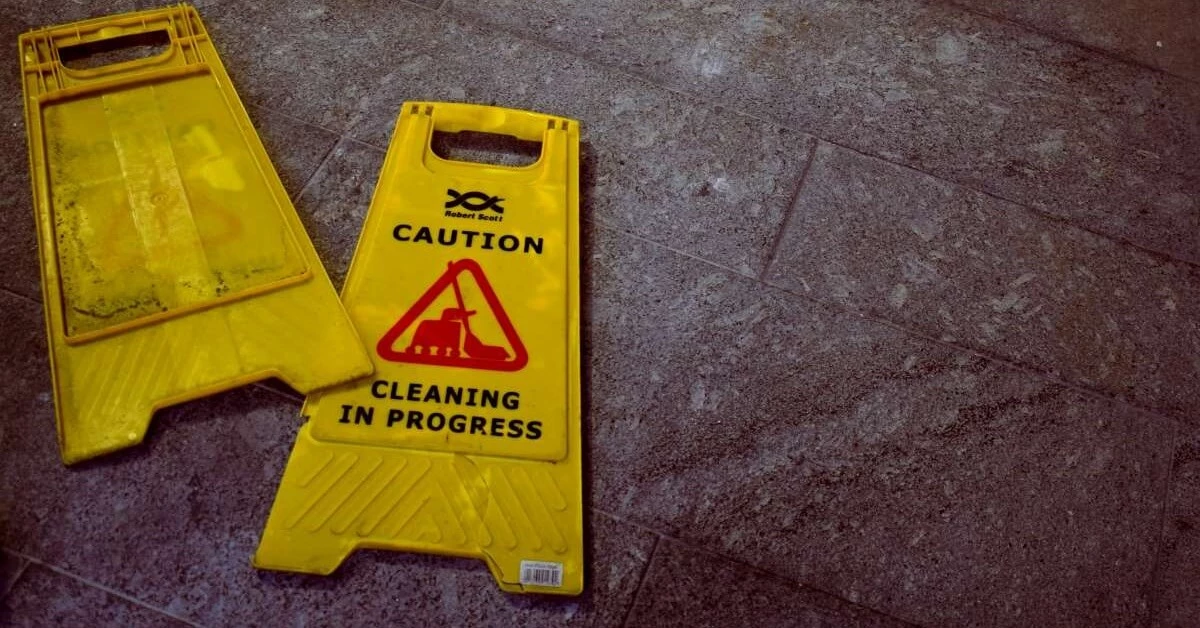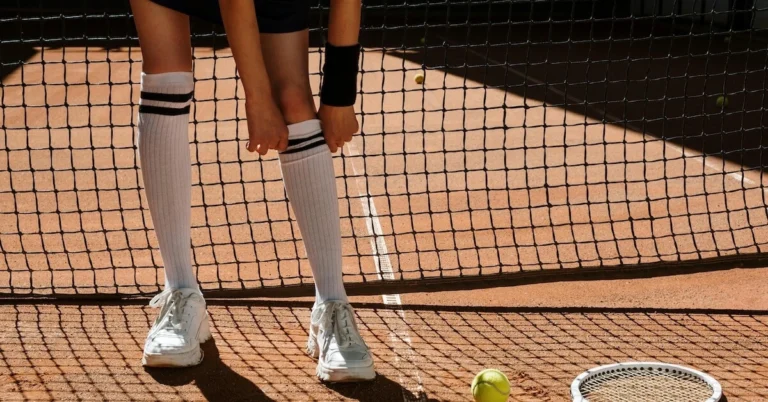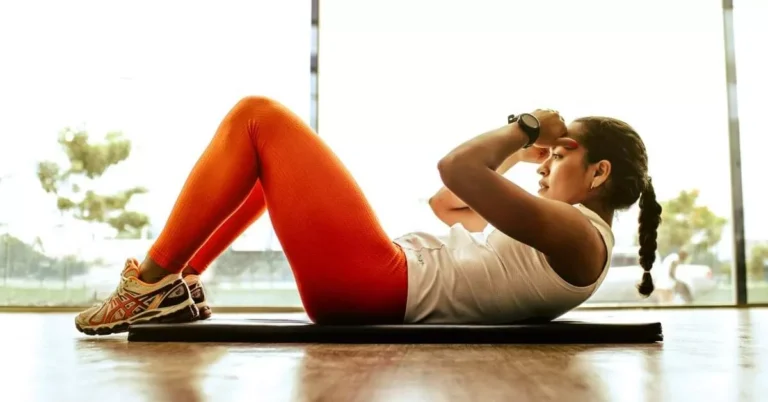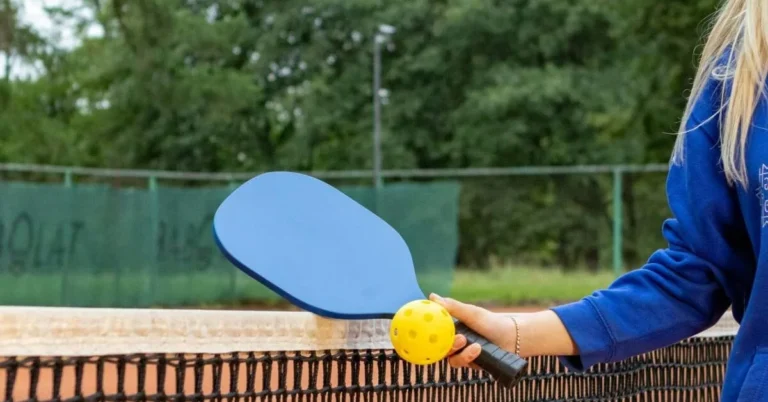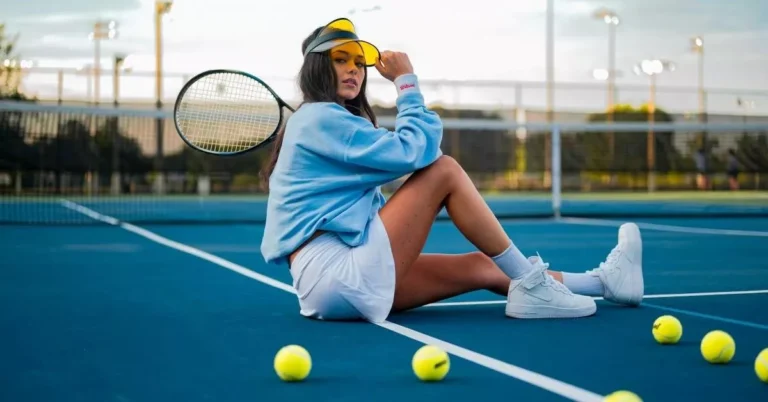Tennis courts require consistent cleaning and maintenance to keep them in top condition. Regular cleaning not only improves the appearance of the court but also extends its lifespan. Tennis court cleaning equipment is essential for removing dirt, debris, and water from the surface of the court.
There are several types of tennis court cleaning equipment available, including water removers, water brooms, and squeegees. Water removers are used to quickly and efficiently remove water from the court after rain or irrigation. Water brooms are used to sweep away dirt and debris, while squeegees are used to remove excess water and prevent puddles from forming. These tools are designed to be easy to use, durable, and effective at cleaning tennis courts.
Proper maintenance of tennis courts is crucial for ensuring the safety of players and the longevity of the court. Tennis court cleaning equipment is an essential part of this maintenance, helping to keep courts clean, dry, and safe for use. By investing in high-quality tennis court cleaning equipment, tennis clubs and facilities can ensure that their courts remain in top condition for years to come.
Pro:
✅ easy to maneuve ✅ durable
Con:
❌ less instructions
Understanding Tennis Court Cleaning Equipment
Keeping a tennis court clean is essential for maintaining its longevity and playability. Outdoor and indoor courts are subject to dirt, dust, debris, and weather elements, which can damage the surface and affect the game. Regular cleaning and maintenance can prevent these problems and ensure the court is always in top condition.
There are several ways to clean a tennis court, each with its own advantages and disadvantages. Some methods are more suitable for outdoor courts, while others are better for indoor courts.
Tennis Court Cleaning Methods
Here are some common tennis court cleaning methods:
- Sweeping: This is a basic cleaning method that involves using a broom or a blower to remove debris from the surface. It is suitable for light cleaning and maintenance and can be done regularly to keep the court clean.
- Power washing: This is a more powerful cleaning method that uses high-pressure water to remove dirt and stains from the surface. It is suitable for outdoor courts and can be done periodically to deep clean the court.
- Scrubbing: This method involves using a tennis court scrubber to clean the surface. It is suitable for both indoor and outdoor courts and can be done to remove stubborn stains and dirt.
- Chemical cleaning: This method involves using chemicals to clean the surface. It is suitable for outdoor courts and can be done to remove algae, moss, and other organic growth.
Tennis Court Cleaning Equipment

To clean a tennis court effectively, you need the right tennis court cleaning equipment. Here are some essential tennis court cleaning equipment:
- Broom or blower: This is used to sweep the surface and remove debris.
- Power washer: This is used to deep clean the surface and remove stubborn stains.
- Tennis court scrubber: This is used to scrub the surface and remove dirt and stains.
- Line Sweepers: To remove and debris and dirt from the court lines.
- Chemicals: This includes cleaning solutions and detergents used to clean the surface. Following products can be used: AlgoClear Pro, Mac Hi Power, Ranger Professional Hard Surface Cleaner. Please familiarize yourself thoroughly with the products beforehand.
- Tennis court repair kit: This includes tools and materials used to repair minor damages to the surface.
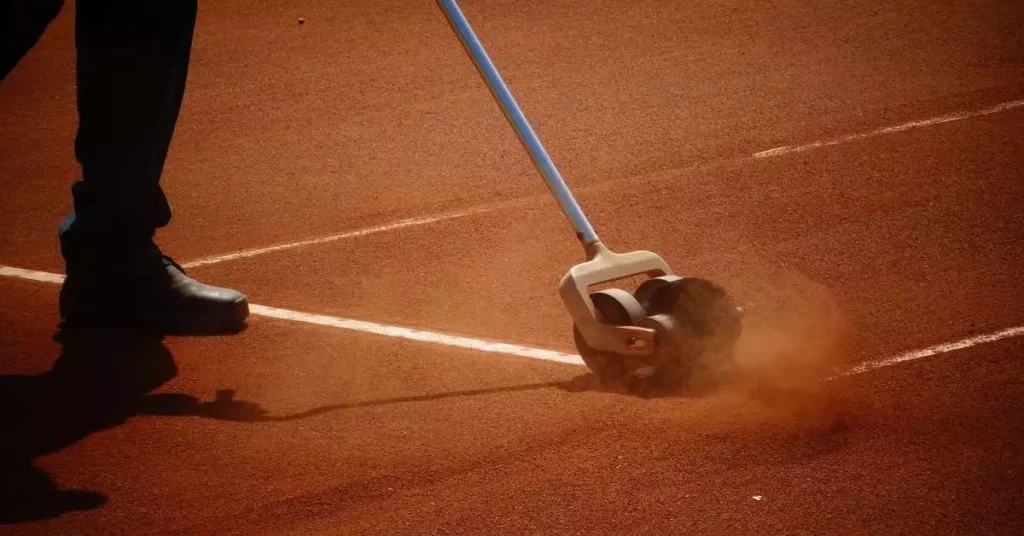
Detailed Tennis Court Cleaning Equipment Breakdown
Maintaining a tennis court requires specific tennis court cleaning equipment to ensure proper cleaning and upkeep. Here are some of the critical tennis court cleaning equipment pieces:
Sweepers and Blowers
Sweepers and blowers are essential for removing debris from the court surface. These tools are designed to remove leaves, twigs, and dirt that may accumulate on the court surface. Sweepers come in different sizes and shapes, and they can be manual or motorized. Blowers, on the other hand, are used to blow away debris from the court surface, and they are mostly motorized. Some of the common sweepers and blowers used for tennis court cleaning include the Turf Sweeper, the Billy Goat Blower, and the Little Wonder Blower.
Water Removers and Brooms

Water removers and brooms are used to remove water from the court surface after it rains or after cleaning the court. The water removers come in different sizes and shapes, and they can be manual or motorized. Brooms, on the other hand, are used to sweep away water and debris from the court surface. Some of the common water removers and brooms used for tennis court cleaning include the Rain Shuttle Squeegee, the Roll-Dri Sponge Water Remover, and the Miracle Dri Roller.
Lutes and Scarifiers
Lutes and scarifiers are used to level the court surface and remove any bumps or irregularities on the court surface. Lutes are used to level the court surface, and they come in different sizes and shapes. Scarifiers, on the other hand, are used to remove any bumps or irregularities on the court surface. Scarifiers can be manual or motorized, and they come in different sizes and shapes. Some of the common lutes and scarifiers used for tennis court cleaning include the Lute Rake, the Drag Brush, and the Scarifier Rake.
Squeegees
Squeegees are used to remove water from the court surface after it rains or after cleaning the court. They come in different sizes and shapes, and they can be manual or motorized. Squeegees are designed to remove water from the court surface without damaging the surface. Some of the common squeegees used for tennis court cleaning include the Rain Shuttle Squeegee and the Aqua Blade Squeegee.
Tennis Court Cleaning Equipment: Addressing Moss and Algae
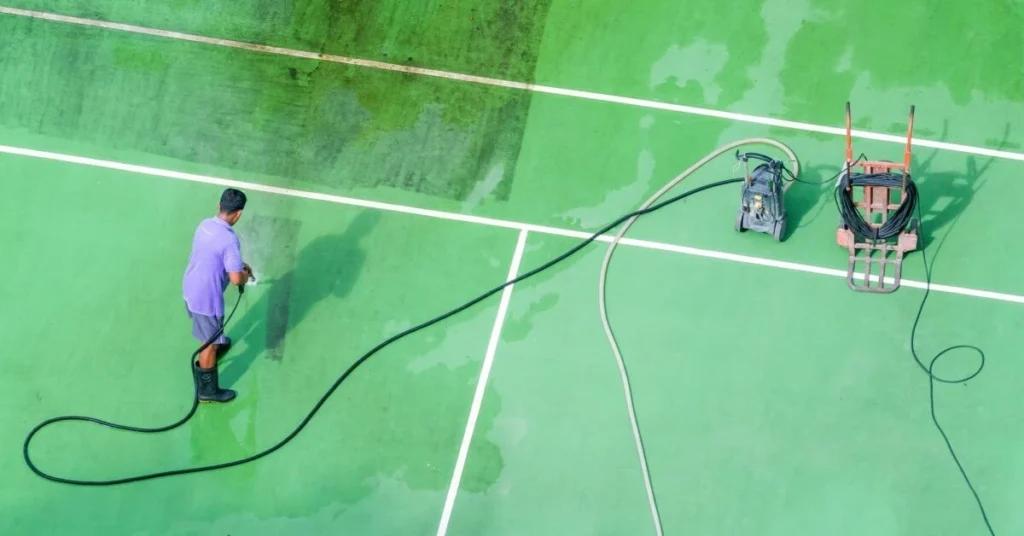
Moss and algae can be a common problem on tennis courts, especially those located in areas with high humidity or frequent rainfall. If left untreated, moss and algae can create slippery and unsafe playing surfaces, as well as damage the court’s structure.
To address moss and algae, there are a few options available. One option is to manually remove the growth using a stiff brush or pressure washer. This can be time-consuming and labor-intensive, but it is an effective way to get rid of the growth.
Another option is to use a moss and algae killer specifically designed for tennis courts. These products can be applied to the court’s surface and left to work their magic. It is important to follow the manufacturer’s instructions carefully to ensure the product is used safely and effectively.
When choosing a moss and algae killer, it is important to consider the type of court surface. Some products may not be suitable for certain surfaces, such as clay courts. It is also important to choose a product that is environmentally friendly and safe for players and wildlife.
Regular maintenance can also help prevent the growth of moss and algae. Keeping the court clean and free of debris, such as leaves and twigs, can help prevent moisture buildup and create a less hospitable environment for growth. Trimming back surrounding trees and shrubs can also help reduce shade and moisture buildup.
Types of Tennis Courts
When it comes to tennis courts, there are a variety of types to choose from. Each type has its own unique characteristics, advantages, and disadvantages. In this section, we will explore the different types of tennis courts available.
Concrete Tennis Courts
Concrete tennis courts are a popular choice for both indoor and outdoor facilities. They are durable, low-maintenance, and provide a consistent playing surface. Concrete courts can be painted with different colors and line markings to suit the needs of the players. However, concrete courts can be hard on the joints and may require additional cushioning.
Asphalt Tennis Courts
Asphalt tennis courts are a cost-effective option that provides a good playing surface. They are easy to install and maintain, and can be painted with different colors and line markings. However, asphalt courts can crack over time due to weather and heavy use.
Acrylic Tennis Courts
Acrylic tennis courts are a popular choice for indoor and outdoor facilities. They provide a consistent playing surface, are low-maintenance, and can be painted with different colors and line markings. Acrylic courts also have good shock absorption and are easy on the joints. However, they can be expensive to install and may require resurfacing every few years.
Clay Tennis Courts
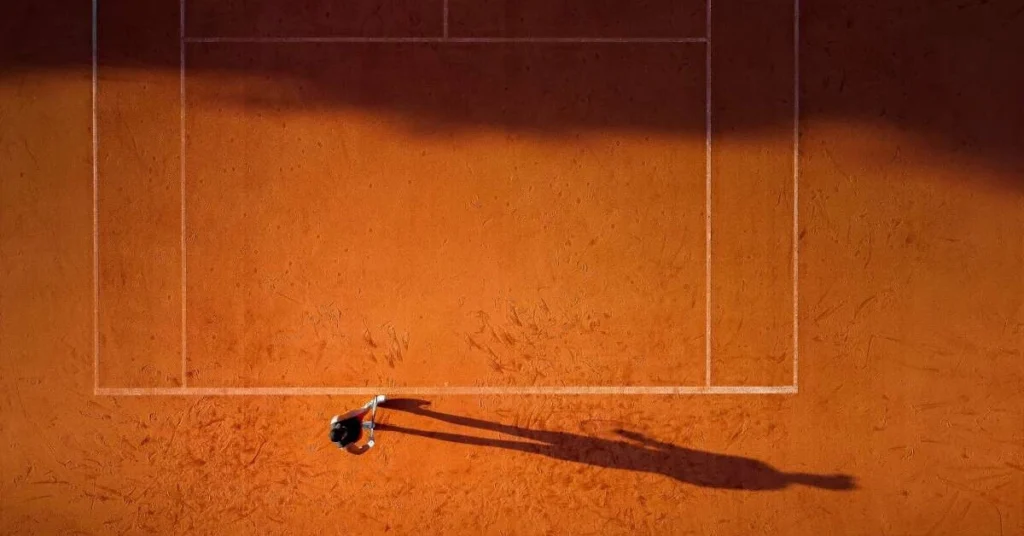
Clay tennis courts are a popular choice for outdoor facilities. They provide a unique playing surface that is easy on the joints and provides good traction. Clay courts also have good shock absorption, making them ideal for players with joint problems. However, clay courts require a lot of maintenance and can be expensive to install.
Carpet Tennis Courts
Carpet tennis courts are a popular choice for indoor facilities. They provide a consistent playing surface and are easy to install and maintain. Carpet tennis courts can be painted with different colors and line markings to suit the needs of the players. However, carpet tennis courts can be hard on the joints and may require additional cushioning.
Grass Tennis Courts
Grass tennis courts are a popular choice for outdoor facilities. They provide a unique playing surface that is easy on the joints and provides good traction. Grass courts also have good shock absorption, making them ideal for players with joint problems. However, grass courts require a lot of maintenance and can be expensive to install.
Indoor Tennis Courts
Indoor tennis courts can be made from a variety of materials, including concrete, asphalt, acrylic, and carpet. They provide a consistent playing surface and are protected from the weather. Indoor courts can be painted with different colors and line markings to suit the needs of the players. However, indoor courts can be expensive to install and may require additional ventilation to prevent moisture buildup.
Additional Accessories
In addition to the maintenance equipment required for cleaning tennis courts, there are several accessories that can improve the playing experience for both players and spectators.
Ball Machines
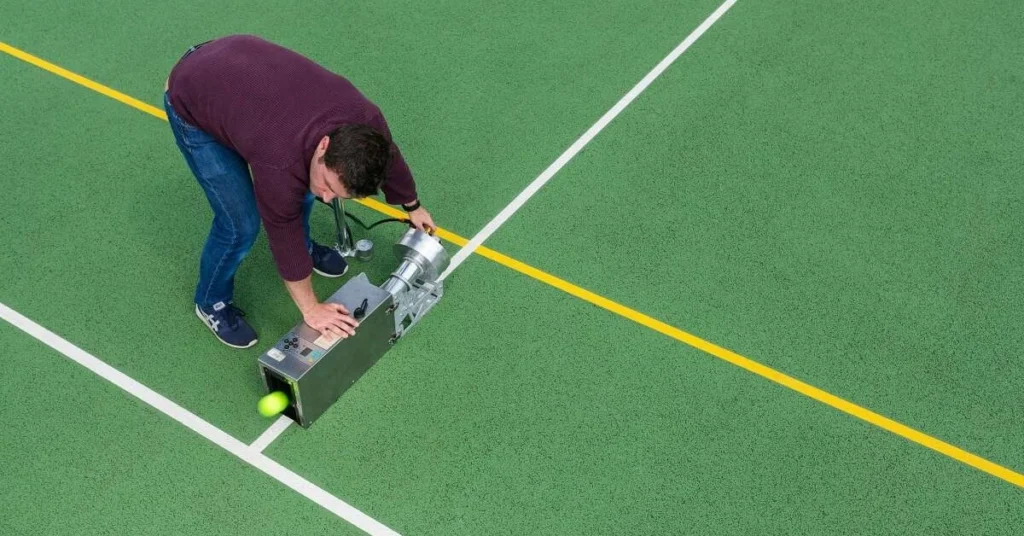
Ball machines are an excellent accessory for tennis players who want to practice their skills. They are used to shoot balls at various speeds and angles, providing a challenging workout for players. Ball machines come in various sizes and can be customized with different settings to match the player’s skill level.
Posts
Tennis posts are an essential accessory for any tennis court. They are used to hold the net in place and provide stability during play. Posts come in various materials, including aluminum, steel, and brass. They also come in different styles, such as round or square, and can be permanent or removable.
Windscreens
Windscreens are a popular accessory for tennis courts. They are used to block wind and provide privacy for players. Windscreens come in various colors and materials, including vinyl and mesh. They can be customized with logos and other designs to match the court’s aesthetic.
Court Benches
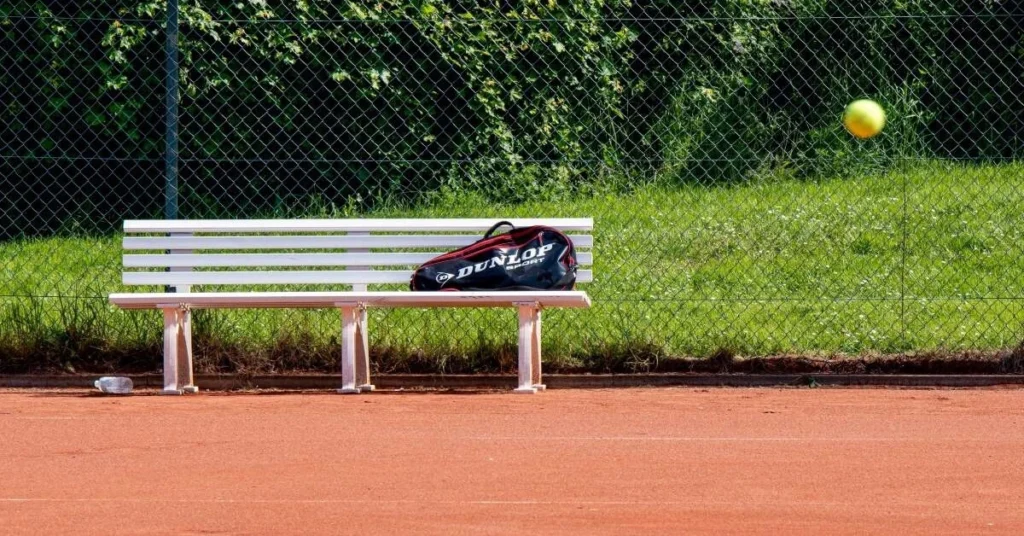
Court benches provide a comfortable seating area for players and spectators. They come in various materials, including wood, aluminum, and steel. Benches can be customized with logos and other designs to match the court’s aesthetic.
Court Dividers
Court dividers are used to separate multiple tennis courts. They come in various materials, including vinyl and mesh. Dividers can be customized with logos and other designs to match the court’s aesthetic.
FAQ
Can you use a floor scrubber on a tennis court?
Yes, you can use a floor scrubber on a tennis court. In fact, using a floor scrubber is a highly effective way to clean a tennis court. A floor scrubber can quickly and efficiently remove dirt, debris, and other contaminants from the surface of a tennis court. However, it is important to use a scrubber specifically designed for tennis courts to avoid damaging the surface.
How do I keep my tennis court clean?
To keep your tennis court clean, it is important to regularly sweep the surface to remove debris and other contaminants. You can also use a pressure washer to remove dirt and grime. Additionally, you can use a specialized tennis court cleaner to remove stains and other stubborn contaminants. Regular maintenance is key to keeping your tennis court in top condition.
How do you get black mold off a tennis court?
To get black mold off a tennis court, you can use a specialized mold and mildew cleaner. These cleaners are designed to remove mold and mildew from a variety of surfaces, including tennis courts. It is important to follow the manufacturer’s instructions when using these cleaners and to wear protective gear, such as gloves and a mask.
Is it OK to pressure wash a tennis court?
Yes, it is generally safe to pressure wash a tennis court. Pressure washing can be an effective way to remove dirt and other contaminants from the surface of a tennis court. However, it is important to use a pressure washer with the appropriate pressure and to avoid using harsh chemicals that can damage the surface.
How to get rid of algae on tennis courts?
To get rid of algae on tennis courts, you can use a specialized algae cleaner. These cleaners are designed to remove algae and other types of organic growth from a variety of surfaces, including tennis courts. It is important to follow the manufacturer’s instructions when using these cleaners and to wear protective gear, such as gloves and a mask.
Is it OK to play tennis on a wet court?
It is generally not recommended to play tennis on a wet court. Wet courts can be slippery and increase the risk of injury. Additionally, playing on a wet court can cause damage to the surface and lead to costly repairs. It is best to wait until the court is dry before playing.
We’re curious about your experience with tennis court cleaning equipment. What tools or methods have you found most effective? Share your insights and tips in the comments below.

